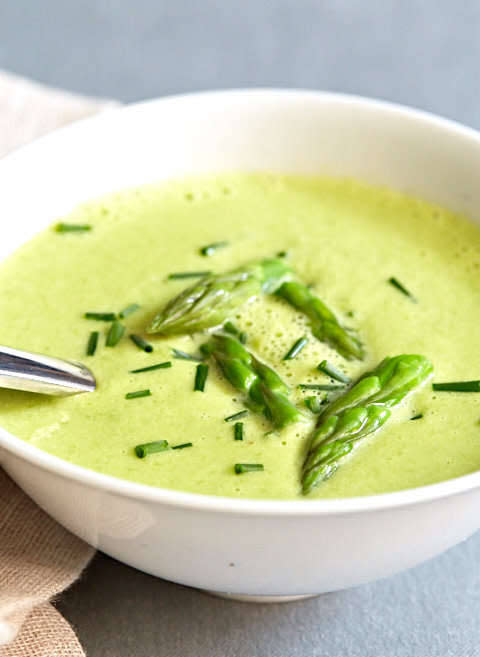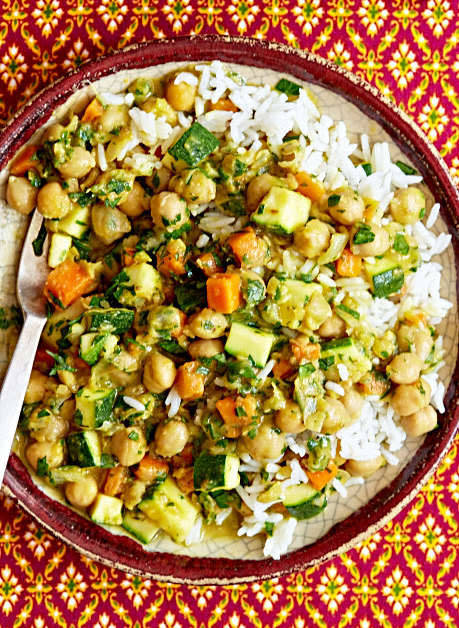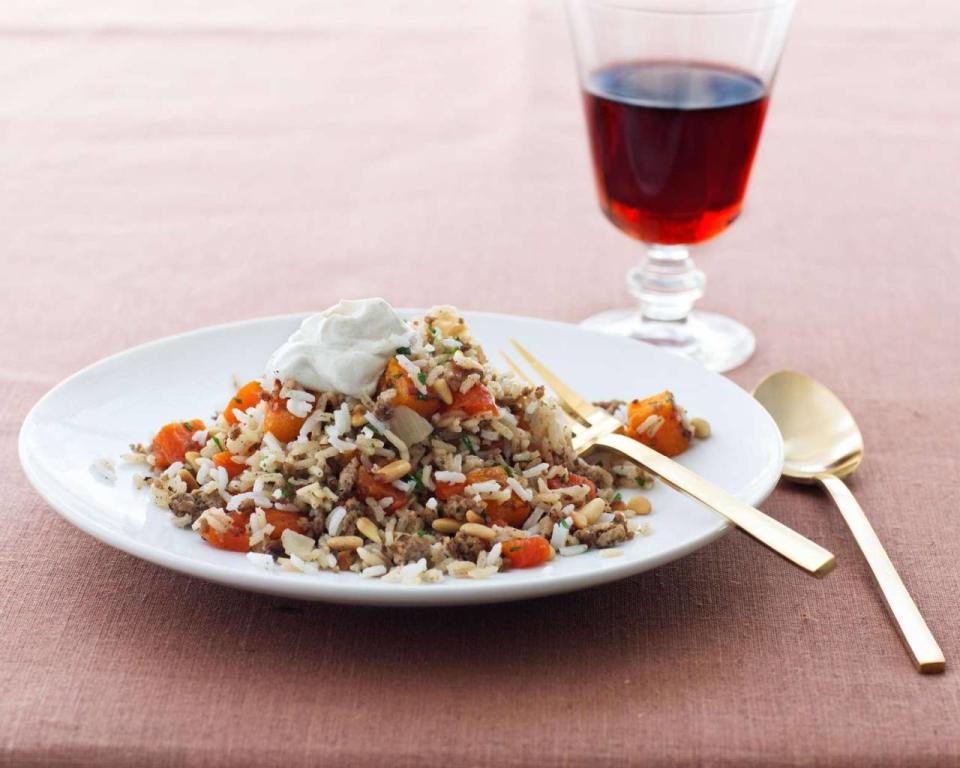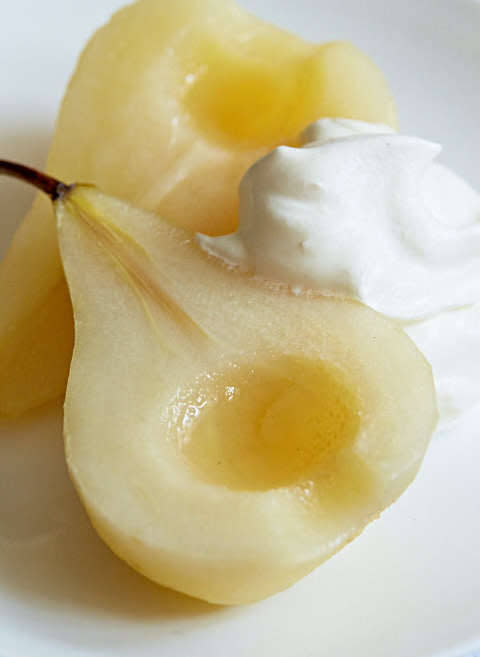4 Warming Recipes for Fall

My acupuncturist, Debbie Kim, on how and why to prepare your body for the cooler weather ahead.
In traditional Chinese medicine, as in other forms of alternative medicine, we tend to think preventatively rather than reactively. So, instead of waiting until fall’s first frost, it’s typical to start eating for the cooler weather ahead while it’s still warm outside. That way, by the time fall arrives, our bodies aren’t shocked by the change in temperature.
But, what exactly does it mean to eat for the chillier months? Well, it’s a bit more complicated than just having a cup of hot tea. According to traditional Chinese medicine, warming foods are those that have a warming effect on the body. Practitioners believe they strengthen organ function, in particular digestive function and nutrient assimilation, which helps us to have greater energy and a stronger immune system. Warming foods are also believed to improve circulation and the free flow of chi, which literally translates as “life force” and is considered a vital characteristic of health and vitality in Chinese medicine. While many foods that are physically warm do have a warming effect, this is not universally true. Certain teas, including green and peppermint, actually have a cooling effect on the body. (Choose chai instead!)
Want more Giada? Subscribe to Giada Weekly!
First, you should consider the foods themselves. In traditional Chinese medicine, all foods have an inherent temperature. Most fruits and vegetables, for example, are cooling—though there are some exceptions. (It’s interesting that vegetables that either grow in cold climates or take a long time to grow, like parsnips, winter squash, kale, cabbage, and asparagus, are considered to be warming.) Meats, on the other hand, tend to be warming. Lamb is the most warming, followed by beef, then chicken and other poultry. Seafood can run the gamut from warm to cool depending on the type: salmon is warming, while oysters and crab are neutral, and clams are cooling.
Cooking preparation also comes into play in terms of the “temperature” of food. Cold or raw preparations are cooling; lightly stir-frying or sautéing may be slightly warming; baking for an hour or more may drastically increase its “temperature”; and slow cooking over several hours will add the most heat.
Spices and herbs are another way to add some heat to otherwise cooling foods. Cinnamon, nutmeg, cloves, cayenne, chilies, and all the spices that intuitively seem “warming” fall into this category, as do garlic, onions, leeks, and scallions.
Related: Italian White Bean Soup
One of my favorite recipes as the summer sun starts to wind down is my nourishing asparagus soup. Asparagus is an exception to the rule about vegetables being cooling, as noted above, and by adding onions and garlic and cooking in the broth, it becomes even more warming!

Get the recipe for asparagus soup.
And here are a few recipes Giada cooked up to get your insides prepped for the cold weather ahead. From a spicy lamb pilaf to a vegetarian curry and a deliciously warming dessert, they’re like a fall scarf to protect you as the chill sets in!

Get the recipe for chickpea curry.

Get the recipe for lamb and apricot pilaf.

Get the recipe for poached pears with mascarpone whipped cream.

GiadaWeekly is the digital food and lifestyle magazine from cookbook author and Food Network star Giada De Laurentiis. To get a new issue each Thursday, download the app or subscribe at www.giadaweekly.com. And follow GiadaWeekly on Instagram and Facebook.

